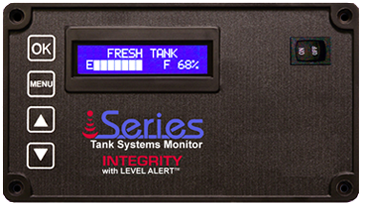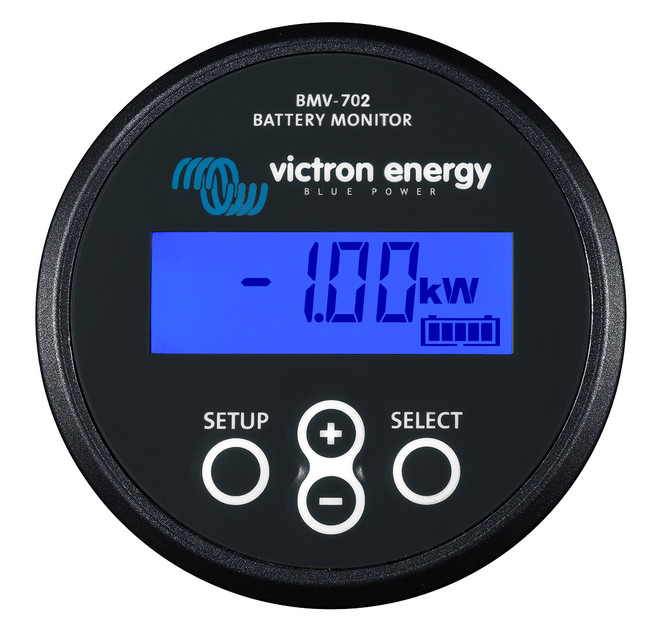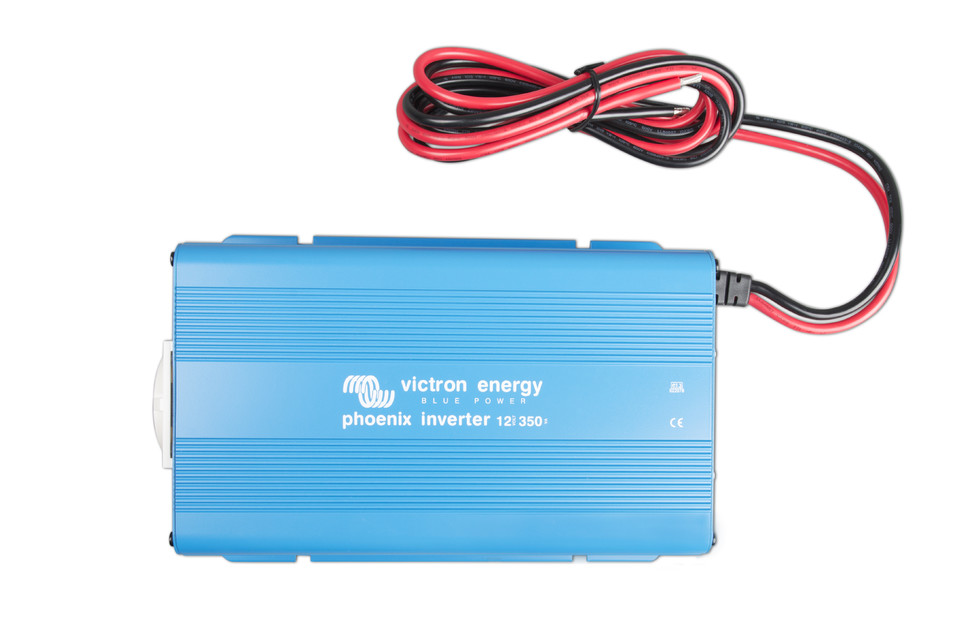 |
| Hanse 415 |
I was attracted to the Hanse 415 in part because every sailing magazine review I read raved about how well it sailed and how easy it was to sail. In addition, it looks fast! I didn't want our solar panels and dinghy davits to make it look like a "caravan" as my Mom would have said.
 |
| Typical davits |
Davits would be the obvious choice because they are a good place to mount solar panels.
 |
| Hanse 415 swim platform |
On Trekker though, the transom folds down into a swim platform so if we want to lift or deploy the dinghy with the transom down the davits would have to extend seven feet from the transom which in my opinion would be a challenge to support and not particularly attractive.
I had noticed boats with stainless steel arches over the cockpit supporting solar panels, antennas, radar domes which looked quite attractive, so that solved the problem of where to mount the solar panel. Davits cantilevered off the arch though would be problematic because, again they would need to be too long.
 |
| Sunsail 444 |
We chartered a Sunsail 444 in the British Virgin Islands a couple of years ago and it had a dinghy lift which consisted of a u-shaped tube from which the dinghy hung hinged at the deck between the hulls and had an electric winch to pull the hoop and dinghy up out of the water. It occurred to me that I could use the same design on Trekker since as the hoop is lowered, it would move the dinghy away from the transom to clear the swim platform. We got quotes for the arch and dinghy lift from Klacko Marine and Stainless Steel Outfitters. We decided to go with Klacko because my feeling was that their quote was more complete. When it got warm enough to work on the boat we met Doug Gierula at the boat and discussed our thoughts on the arch and dinghy lift. Doug was very familiar with what we were looking for, having designed similar arches and lifts for the Saga 43. He took measurements, went away and worked up the design that he sent for our approval. After a couple of tweaks of the length of the hoop we settled on the design and Doug began fabrication. We met again when he came to trial fit it, and discussed how best to handle life lines, stern rails, and the outboard motor mount and decided to incorporate them into the arch. I had initially expected that the arch and dinghy lift would be on our critical path to shipping the boat, but in fact Doug had it fabricated just when promised and other projects were delayed. The only issue that arose that I wasn't expecting was that the arch couldn't be installed prior to shipping the boat north as it would be too high to fit under the bridges on the highway! So, Doug and Nadil fit it and removed it in Port Credit and we were tasked with installing it in Midland.
Fast forward a few weeks and after the boat was launched the commissioning team that Pat Sturgeon had sent up to put the boat together helped lift the arch aboard, we liberally applied sealant around the base plates and installed bolts to hold it down. The problem was that the we could only get nuts and washers on one or two of the four bolts on each foot. Part of the problem was that the two forward feet were ahead of the bulkhead at the aft end of the stern cabins, dark and very difficult to reach.
 |
| Trekker's arch and dinghy lift |
In addition, the outboard bolts were too close to the hull to fit a washer over them. I spoke to Doug and enlisted the help of Nadil to figure out how to get the feet fastened down and we ended up using some aluminum bar, drilled and tapped to accept the outboard bolts and Nadil was able to contort himself to get nuts and washers on all the inside bolts. I'm hopeful the arch isn't going anywhere now!
We have two six to one block and tackle to lower and lift the hoop and four to one at the bow and stern to adjust the height of the dinghy. Under way we use four straps to secure it fore and aft and diagonally to the arch and so far it sits quietly there until its time to go for a ride!




















